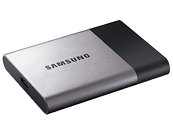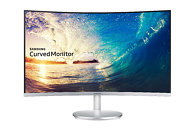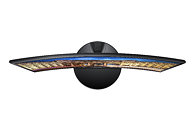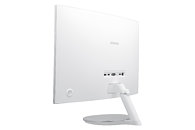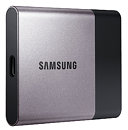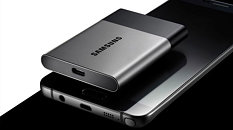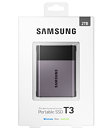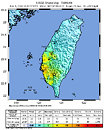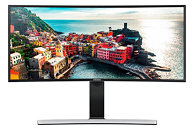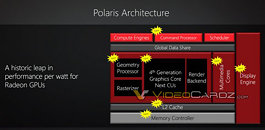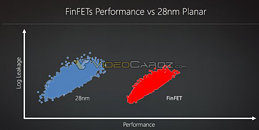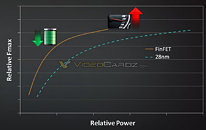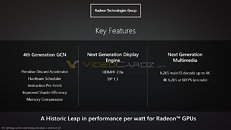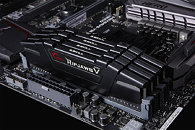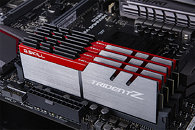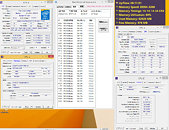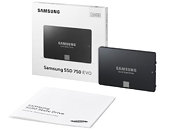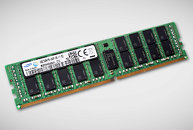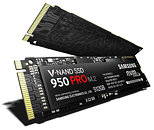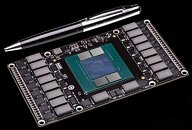
Samsung Portable SSD T3 Now Available for Purchase
Samsung Electronics America, Inc. today announced availability and pricing of the Samsung Portable SSD T3, a premium, palm-sized, external solid state drive (SSD) that offers multi-terabyte (TB) storage capacity. "Today's consumers and business professionals are increasingly relying on external storage, seeking faster data transfers and larger capacities. The Samsung Portable SSD T3 raises the bar for external storage, safely and securely packing up to two terabytes of data into a robust package that fits in the palm of your hand," said Andrew Sivori, vice president of Consumer IT Marketing at Samsung Electronics America.
The Samsung Portable SSD T3 with vertical NAND (V-NAND) technology enables fast and convenient external storage and transfer of large files across devices. With the T3, users can send content to and from Windows, Mac OS, & Android devices with ease and reliability. Enabling them to access their high quality content on Android smartphones, tablets, and compatible Smart TVs via USB port. The drive is ideal for consumers, content creators, business and IT professionals looking to store and access up to 2TB of data with the peace of mind that their data will be protected across their devices.
The Samsung Portable SSD T3 with vertical NAND (V-NAND) technology enables fast and convenient external storage and transfer of large files across devices. With the T3, users can send content to and from Windows, Mac OS, & Android devices with ease and reliability. Enabling them to access their high quality content on Android smartphones, tablets, and compatible Smart TVs via USB port. The drive is ideal for consumers, content creators, business and IT professionals looking to store and access up to 2TB of data with the peace of mind that their data will be protected across their devices.
